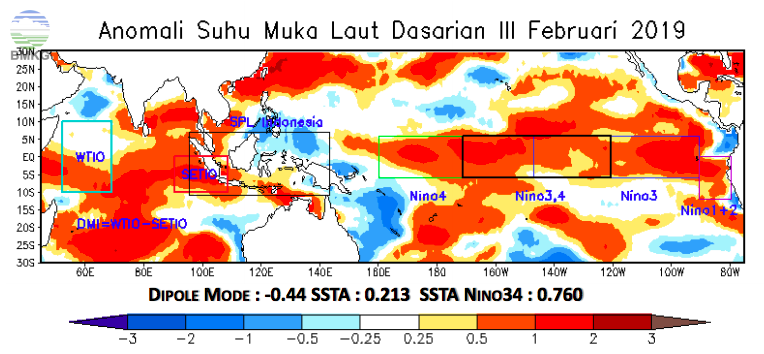List Of Contents
The Earth’s atmosphere is a dynamic system that plays a crucial role in shaping our planet’s climate. Understanding the composition, behavior, and changes in the atmosphere is essential for predicting and addressing climate change. In this 1000-word article, we explore the significance of atmospheric analysis, the key factors influencing climate change, and the tools and methods scientists use to monitor and predict these changes.
Introduction
The Earth’s atmosphere is a complex mixture of gases that envelops our planet. It not only provides the oxygen we breathe but also regulates the Earth’s climate by controlling the distribution of heat and energy. Over the past century, human activities have led to significant changes in the composition of the atmosphere, resulting in global climate change. Atmospheric analysis is the process of studying the atmosphere to understand its composition and behavior, which is crucial for predicting and mitigating the impacts of climate change.
The Greenhouse Effect
One of the key factors contributing to climate change is the greenhouse effect. Greenhouse gases, such as carbon dioxide (CO2), methane (CH4), and water vapor (H2O), trap heat from the sun within the Earth’s atmosphere, preventing it from escaping into space. This natural process is essential for maintaining a habitable climate on Earth. However, human activities, such as the burning of fossil fuels and deforestation, have increased the concentration of greenhouse gases in the atmosphere, leading to enhanced global warming and climate disruption.
Tools and Methods of Atmospheric Analysis
1. Atmospheric Sampling
- Airborne Sampling: Aircraft equipped with specialized instruments collect air samples at different altitudes to analyze gas concentrations.
- Weather Balloons: Instruments attached to weather balloons provide vertical profiles of atmospheric conditions, including temperature, humidity, and pressure.
2. Satellite Observations
- Remote Sensing: Satellites equipped with various sensors monitor atmospheric parameters, including temperature, cloud cover, and greenhouse gas concentrations.
- Data Assimilation: Satellite data is integrated into climate models to improve accuracy and reliability.
3. Ground-Based Monitoring Stations
- Weather Stations: These stations provide real-time data on temperature, humidity, wind speed, and precipitation.
- Greenhouse Gas Observatories: Ground-based observatories measure greenhouse gas concentrations at specific locations, contributing to global monitoring efforts.
Impacts of Climate Change
1. Temperature Rise
- Heatwaves: Increasing global temperatures lead to more frequent and severe heatwaves, impacting ecosystems and human health.
- Melting Ice: Rising temperatures cause the melting of glaciers and polar ice caps, contributing to sea-level rise.
2. Extreme Weather Events
- Hurricanes and Cyclones: Warmer ocean waters fuel more powerful storms, leading to more destructive hurricanes and cyclones.
- Droughts and Floods: Altered precipitation patterns result in prolonged droughts and more intense rainfall events, leading to floods.
3. Sea-Level Rise
- Coastal Erosion: Rising sea levels erode coastlines, threatening coastal communities and infrastructure.
- Saline Intrusion: Higher sea levels lead to the intrusion of saltwater into freshwater sources, affecting drinking water and agriculture.
Predicting Climate Change
1. Climate Models
- General Circulation Models (GCMs): These complex computer models simulate the Earth’s climate system, including the atmosphere, oceans, and land surface.
- Scenario Analysis: GCMs are used to assess different emission scenarios and their potential impacts on future climate.
2. Observational Data
- Historical Data: Past climate data, including temperature records and ice core samples, provide insights into climate variability and trends.
- Real-Time Monitoring: Ongoing data collection and analysis enable scientists to track current climate conditions and trends.
3. Mitigation and Adaptation Strategies
- Emission Reduction: Mitigation efforts aim to reduce greenhouse gas emissions through measures such as transitioning to renewable energy sources and improving energy efficiency.
- Adaptation: Adaptation strategies focus on building resilience to climate change impacts, such as improving infrastructure and implementing water management practices.
International Efforts
1. The Paris Agreement
- Global Commitment: The Paris Agreement, adopted in 2015, aims to limit global warming to well below 2 degrees Celsius above pre-industrial levels.
- Nationally Determined Contributions (NDCs): Countries submit NDCs outlining their emissions reduction targets and strategies.
2. Intergovernmental Panel on Climate Change (IPCC)
- Scientific Assessment: The IPCC assesses the latest scientific research on climate change and provides policymakers with guidance based on scientific evidence.
- Climate Reports: The IPCC publishes comprehensive reports that inform global climate policy decisions.
Conclusion
Atmospheric analysis is essential for understanding the Earth’s climate system and predicting the impacts of climate change. The greenhouse effect, driven by human activities, has led to rising global temperatures, extreme weather events, and sea-level rise. To address these challenges, scientists use a range of tools and methods to monitor and model the atmosphere.
The urgency of addressing climate change has led to international agreements such as the Paris Agreement and the work of organizations like the IPCC. Mitigation efforts and adaptation strategies are essential components of global efforts to combat climate change. By continuing to study the atmosphere, improve climate models, and implement sustainable practices, we can work together to mitigate the impacts of climate change and ensure a habitable planet for future generations.

